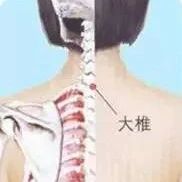Yang Deficiency with Spontaneous Sweating: Rooted in the Kidneys, Case of Yu Ping Feng San
Patient Wei, female, 47 years old, first diagnosed on November 3, 2024, has experienced spontaneous sweating for over a year. The patient reports experiencing heat and sweating, fatigue, and excessive sweating with slight activity. She has a dry mouth, poor sleep, a pale tongue with white coating, and a weak left cun pulse. Diagnosis: Qi … Read more










